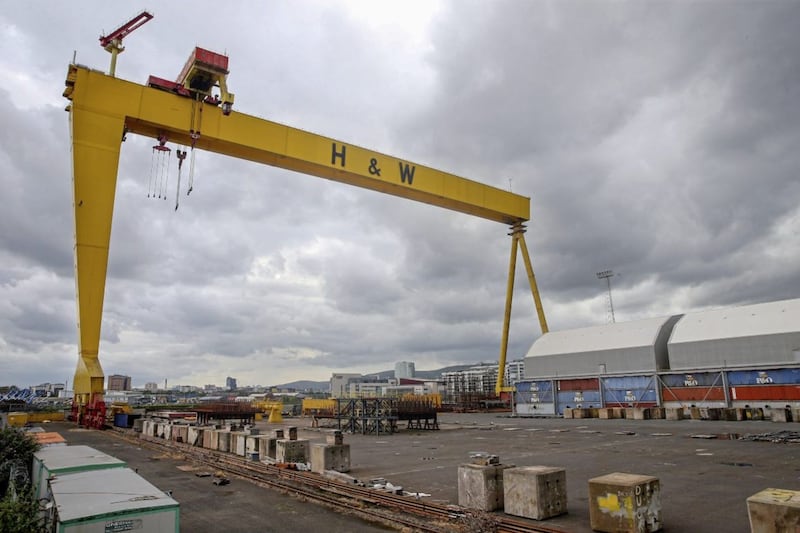WHILE the closure of hospitality has left many restaurants struggling, others have sought to look for opportunities to capitalise on the ‘dine in’ market, in some cases simply as a means of survival.
Many of us have missed the buzz of gathering in a local eatery with family and friends, however, as a means of substituting that experience, we have availed of takeaways and delivery services to get us through the long lockdown weekends.
As restrictions start to ease, and we seek to claim back our social lives, restaurants and hospitality venues are gearing up to welcome us back. However, will those who have successfully tried the ‘dine in’ market see this as an additional revenue stream for their business?
App-ordering services such as Deliveroo saw the opportunity in a pre-pandemic world and were one of the first to pioneer the concept. ‘Dark’, ‘ghost’ or ‘cloud’ kitchens, as they are sometimes referred to, are delivery-only professional kitchens providing restaurants with an opportunity to cater for the home delivery market in a lower cost, out-of-town setting, with good transport links and accessibility for delivery.
The idea is to move the preparation and cooking to a location away from the main restaurant and therefore avoiding overstretching the restaurant kitchen and staff working on a busy shift. The restaurant experience is location-driven and likely to be found in a high street or neighbourhood setting, to capitalise on footfall.
However, the ‘dark’ kitchen allows the restaurant to extend its reach beyond its traditional market and without the city centre overheads. To be successful, quality will be key. Professional restaurant kitchens, built on reputation, need to be able to deliver the same quality offering and make that offering transportable for the concept to be successful.
But if companies such as Amazon are interested in this concept, then there certainly must be some merit in it. App delivery services also see the benefits of restaurants clustering together in an out-of-town setting as they can then concentrate their drivers in a specific location.
‘Dine out’ and ‘dine in’ are two different experiences. While we eagerly anticipate the ‘dine out’ experience, which is as much about social interaction as food, there are simply times when dining out is not feasible or we want the comfort of home, and therefore the trend for delivery, which has accelerated during the pandemic, is likely to continue.
We expect to see the repurposing of out-of-town industrial property, warehousing and even shipping containers for kitchen use. Government needs to be quick to respond in terms of any necessary planning changes and in Northern Ireland, we need legislation that facilitates flexible leases to accommodate such kitchens and allow our restauranteurs to embrace all the opportunities on offer.
:: Julie Galbraith (julie.galbraith@dwf.law) is partner/head of retail food and hospitality at DWF Belfast (www.dwf.law)









